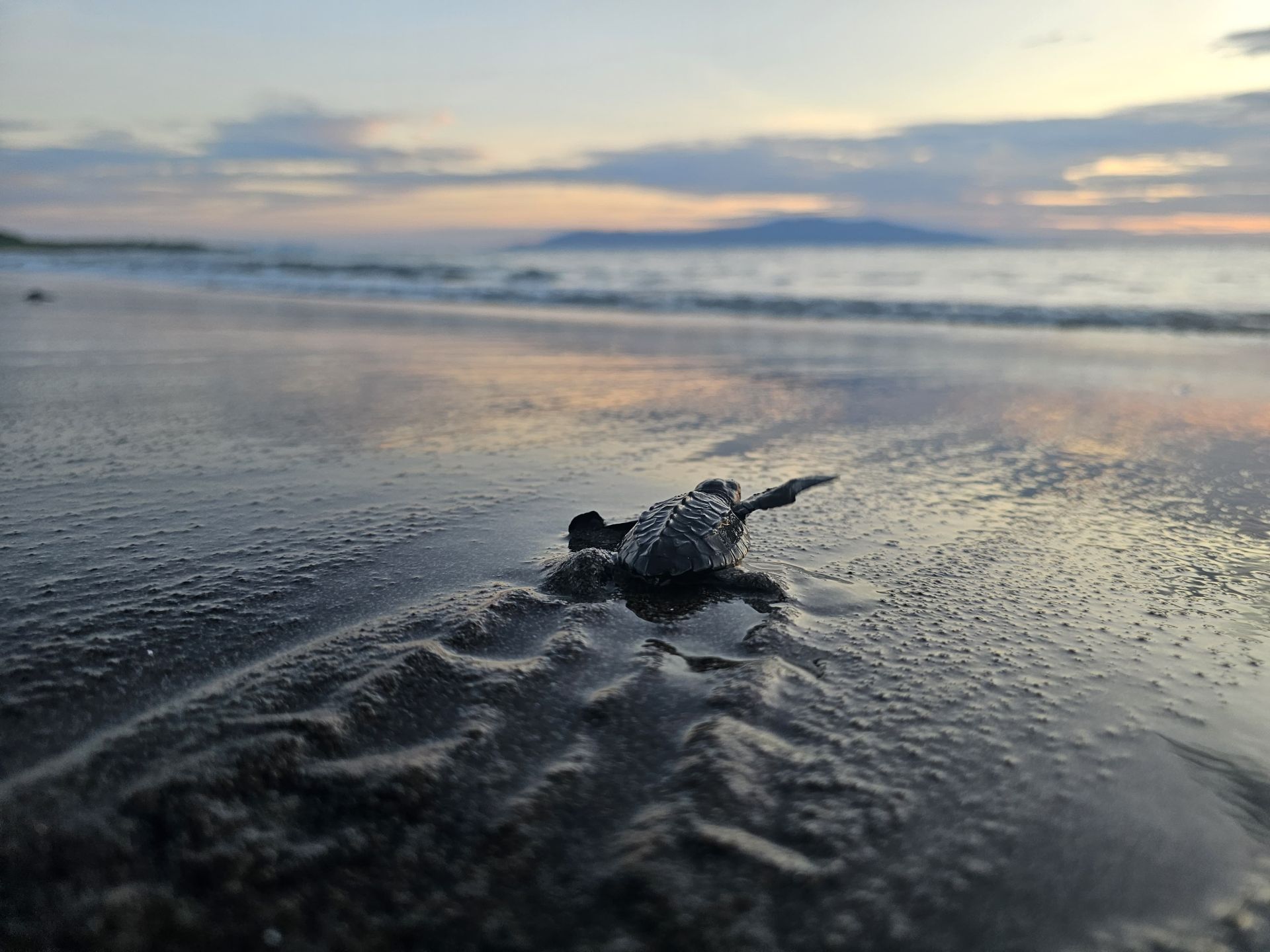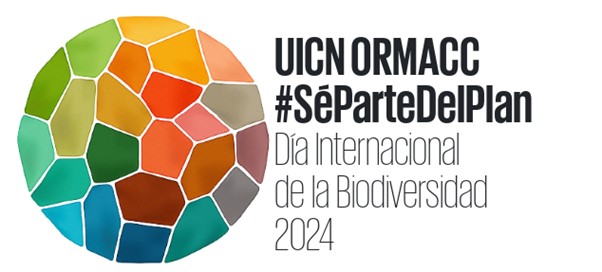Experts gather for first global human-wildlife conflict summit
Oxford, UK, Thursday 30 March 2023 (IUCN) – Hundreds of representatives from conservation organisations, academia, governments, businesses and indigenous and local communities from six continents and 70 countries will meet for the International Conference on Human-Wildlife Conflict and Coexistence, hosted by IUCN between 30 March and 1 April 2023. This event will also see the publication of the IUCN SSC Guidelines on Human-Wildlife Conflict and Coexistence, which will inform the creation of urgently-needed national policies and support action on the ground.
“Human-wildlife conflict presents a challenge in every country worldwide, with disagreements over how to coexist with wildlife leading to stalemates and eroding support for protecting nature. Effectively managing how humans interact with wildlife is fundamental to achieving conservation goals, as highlighted in the recently agreed Global Biodiversity Framework,” said Dr Alexandra Zimmermann, Chair of the IUCN SSC Human-Wildlife Conflict and Coexistence Specialist Group and Senior Research Fellow at the Wildlife Conservation Research Unit, Oxford University. “This event, the largest ever convening of human-wildlife conflict and coexistence experts from around the world, is vital to supporting all those working towards enabling coexistence with wildlife and to achieving this component of the Framework by 2030.”
The International Conference on Human-Wildlife Conflict and Coexistence, hosted by IUCN in Oxford, UK, responds to Target 4 of the Kunming-Montreal Global Biodiversity Framework agreed at the UN Biodiversity Conference in December 2022, which calls for countries to “effectively manage human-wildlife interactions to minimize human-wildlife conflict for coexistence”. The event brings together participants from fields such as ecology, animal behaviour, psychology, law, conflict analysis, mediation, peacebuilding, international development, economics and anthropology, to collaborate on forging the path to achieve this target.
The Guidelines, developed by an interdisciplinary team of 50 experts from the IUCN SSC Human-Wildlife Conflict and Coexistence Specialist Group and external co-authors, provide the most comprehensive recommendations for good practice on the topic to date. The publication encompasses both the social and ecological aspects of human-wildlife conflict, which arises when wildlife poses an actual or perceived threat to human interests, leading to disputes between people.
“In some parts of the world, human-wildlife conflicts are closely linked to people’s values, identities and beliefs, for example in the interactions between Indigenous peoples and the land. In others, it is a matter of daily survival and loss of livelihoods, such as where communities live in close proximity to elephants or large predators,” said Greta Francesca Iori, Member of the IUCN SSC Human-Wildlife Conflict and Coexistence Specialist Group. “The new IUCN Guidelines provide a clear steer on how to go about managing these complex situations, and will inform the formulation of new policies and community-led action strategies for achieving coexistence with wildlife in any context.”
You will find more information about the event, the detailed programme and a full list of speakers on the International Conference on Human-Wildlife Conflict and Coexistence website.
Notes to editors
For more information or to set up interviews, please contact:
Harriet Brooker, IUCN Media Relations, +44 7960241862, press@iucn.org



